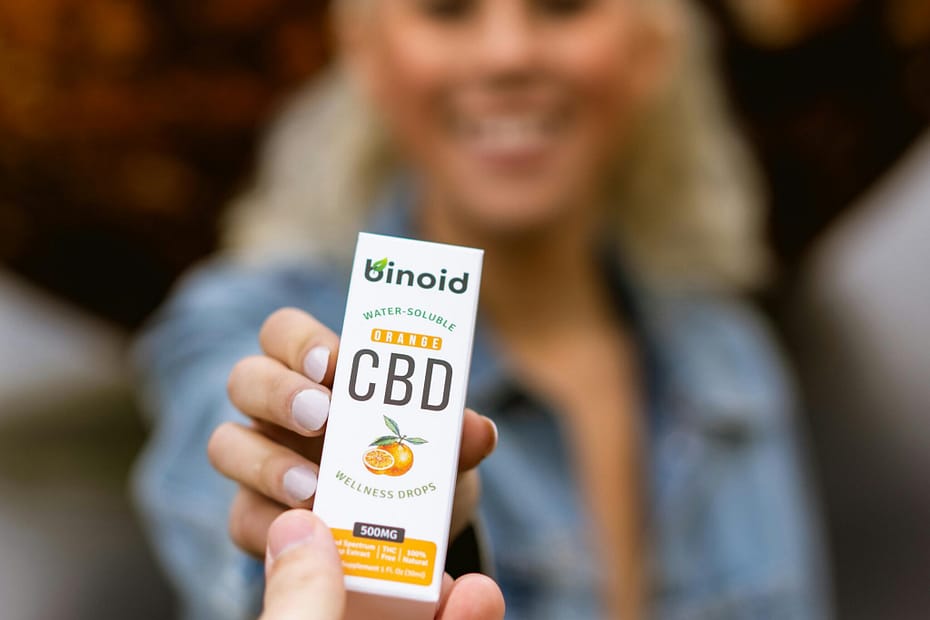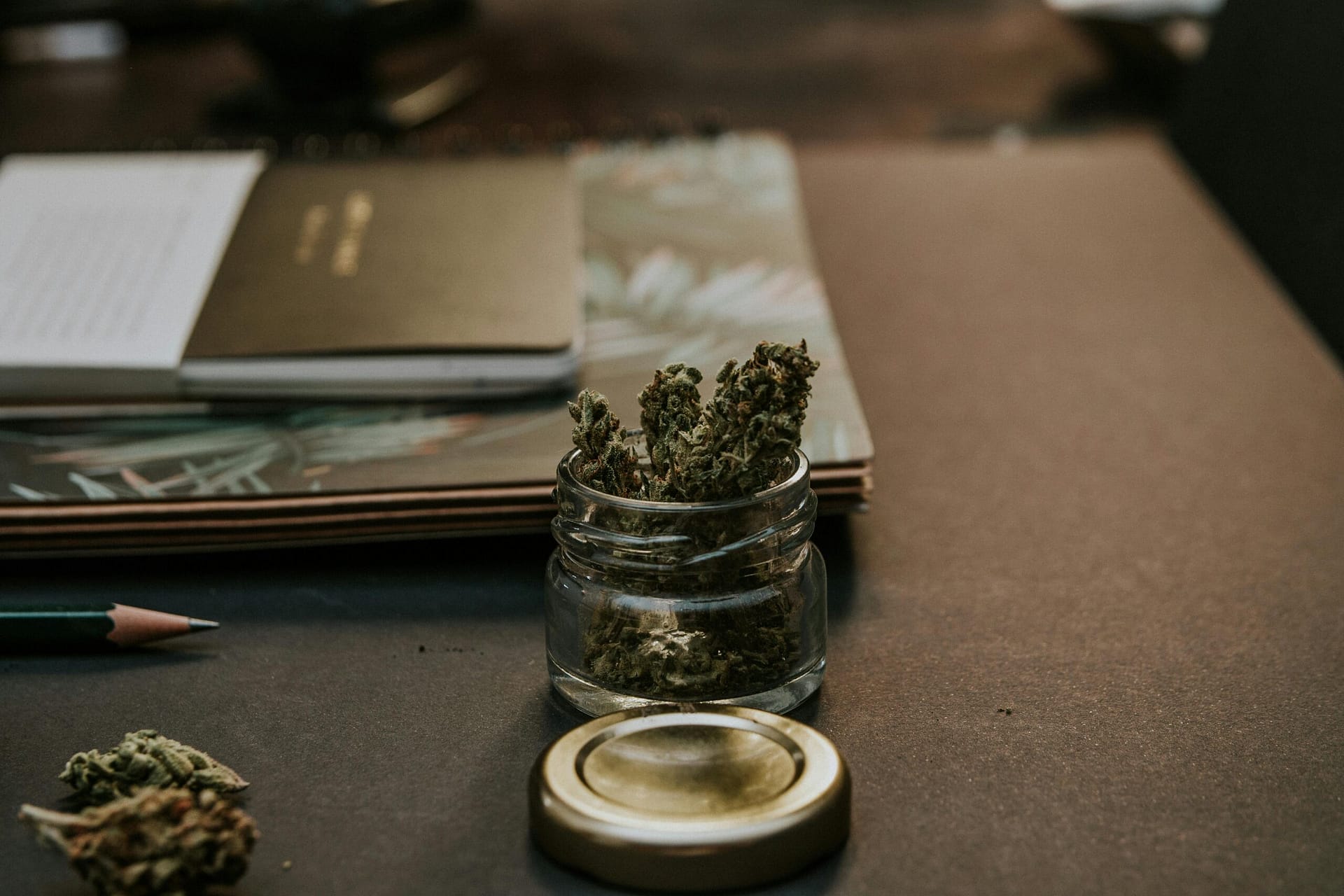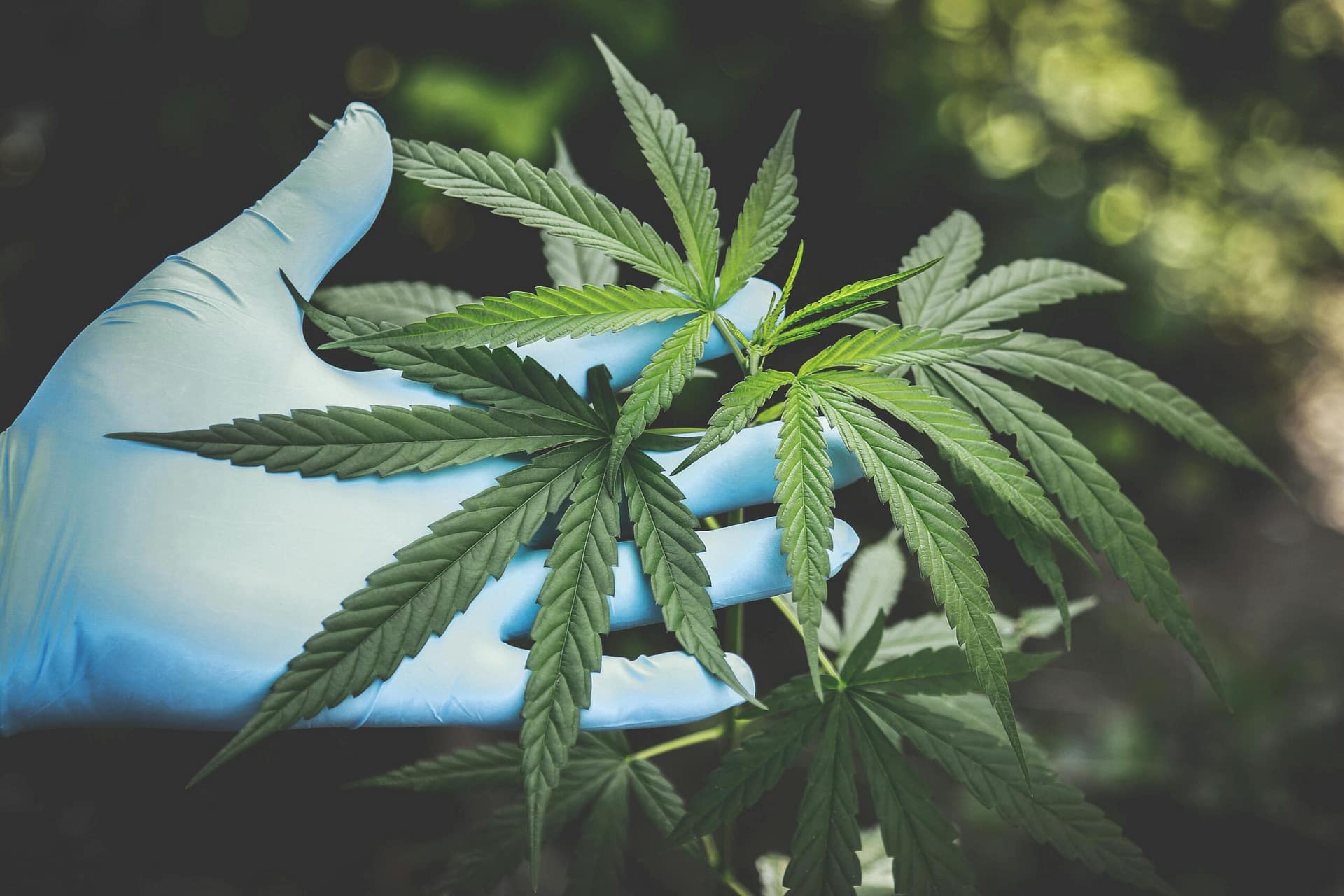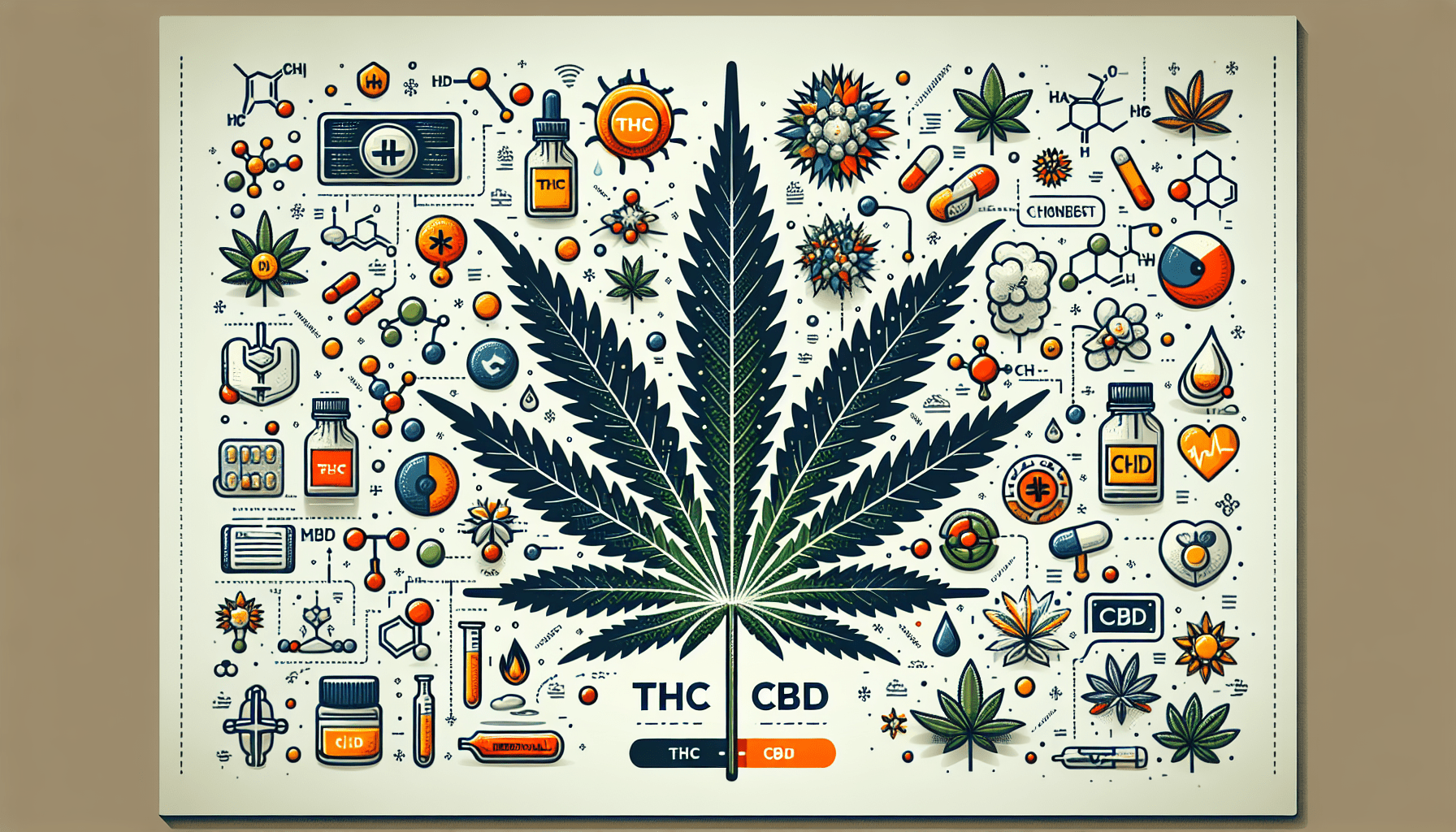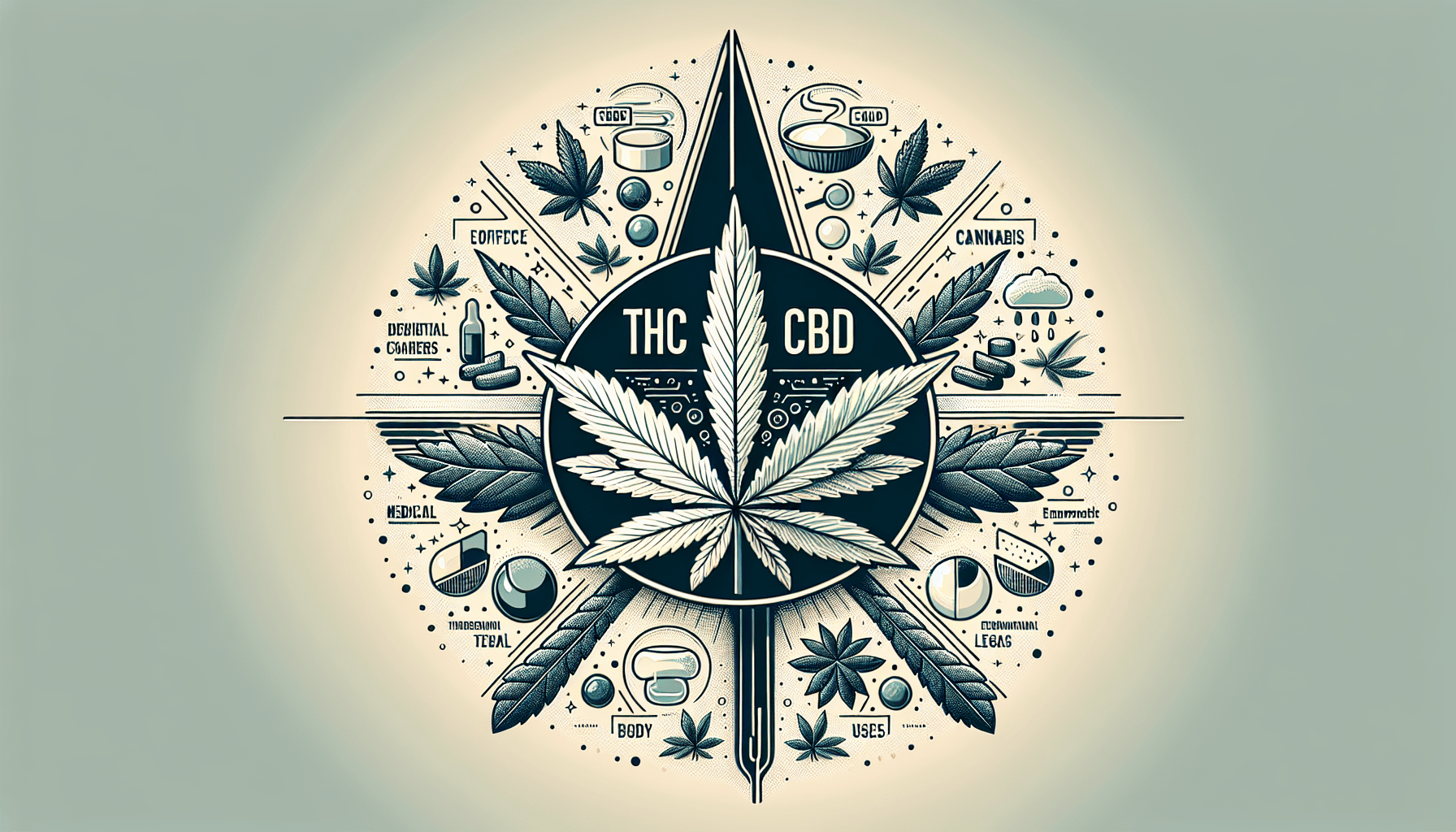In the wonderful world of cannabis, two prominent players have taken center stage: THC and CBD. While both are derived from the same plant, these compounds have distinct characteristics and effects. THC, or tetrahydrocannabinol, is widely known for its psychoactive properties that create a feeling of euphoria and relaxation. On the other hand, CBD, or cannabidiol, is non-intoxicating and primarily associated with its potential therapeutic benefits. Understanding the differences between these two cannabinoids is essential for anyone seeking to explore the fascinating world of cannabis. So, let’s dive in and shed light on the contrasting qualities of THC and CBD.
Chemical structure
THC’s chemical structure
THC, or tetrahydrocannabinol, is a psychoactive compound found in cannabis plants. Its chemical structure consists of a cyclic ring with a side chain containing a phenol group. The molecular formula of THC is C21H30O2, and its structural formula shows the arrangement of atoms in the compound. This unique structure allows THC to interact with the endocannabinoid system in the human body, leading to various psychoactive effects.
CBD’s chemical structure
CBD, or cannabidiol, is another major compound present in cannabis plants. Unlike THC, CBD does not have psychoactive properties. Its chemical structure is similar to that of THC, but with a slight difference. CBD also consists of a cyclic ring with a side chain, but instead of a phenol group, it has a hydroxyl group attached. The molecular formula of CBD is C21H30O2, the same as THC. This subtle variation in chemical structure accounts for CBD’s non-psychoactive nature.
Psychoactive effects
THC’s psychoactive effects
One of the key differences between THC and CBD lies in their psychoactive effects. THC is known for its potent psychoactive properties, which are responsible for the “high” or euphoric feeling often associated with cannabis use. When THC binds to the cannabinoid receptors in the brain, it stimulates the release of dopamine, a neurotransmitter associated with pleasure and reward. This interaction results in various psychoactive effects, such as relaxation, altered perception of time, and an increased appetite.
CBD’s non-psychoactive effects
In contrast to THC, CBD does not exhibit psychoactive effects. It interacts differently with cannabinoid receptors, primarily targeting CB2 receptors found in the peripheral nervous system and immune cells rather than CB1 receptors in the brain. CBD’s interaction with these receptors and other pathways in the body leads to a range of non-psychoactive effects, such as pain relief, reduced inflammation, and potential anti-anxiety properties. CBD offers therapeutic benefits without inducing the intoxicating effects typically associated with THC.
Legal status
THC’s legal status
The legal status of THC varies from country to country and even within different states or provinces. In many parts of the world, THC is classified as a controlled substance due to its psychoactive effects and potential for abuse. It is illegal to possess, cultivate, or distribute THC-rich cannabis plants or products in some jurisdictions, whereas others have implemented regulations allowing limited medical or recreational use. It is crucial to be aware of the local laws and regulations regarding THC to ensure compliance and avoid legal consequences.
CBD’s legal status
CBD’s legal status also varies depending on the jurisdiction. In some countries, CBD derived from hemp with low THC content (less than 0.3%) is legal and widely available for purchase without a prescription. However, CBD extracted from marijuana plants with higher THC levels may be subject to stricter regulations or even be prohibited. It is essential to be informed about the legal status of CBD in your specific region to stay within the bounds of the law.
Source
THC’s source
THC is primarily found in the resinous glands of the female cannabis plant. These glands, known as trichomes, contain high concentrations of THC and other cannabinoids. The amount of THC in a cannabis plant varies depending on the strain and cultivation techniques. Cultivators have selectively bred certain strains to maximize THC content for recreational or medicinal purposes. Cannabis flowers, leaves, and other parts of the plant can be processed to extract THC for various purposes such as recreational consumption or medical use.
CBD’s source
CBD can be sourced from both hemp and marijuana plants. Hemp plants contain higher levels of CBD and lower levels of THC, making them a popular source for CBD extraction. Many countries allow the cultivation of hemp for industrial purposes to obtain CBD-rich extracts legally. Marijuana plants, on the other hand, contain varying amounts of CBD and THC, depending on the strain. CBD extracted from marijuana plants may be subject to stricter regulations, as mentioned earlier. It is important to note that CBD products are typically derived from hemp to ensure compliance with legal restrictions.
Medical uses
THC’s medical uses
THC has been recognized for its medical potential, particularly in managing symptoms related to certain conditions. It has been prescribed to cancer patients undergoing chemotherapy to help alleviate nausea and stimulate appetite. Additionally, THC-based medications have shown promise in treating chronic pain, glaucoma, and muscle spasms associated with conditions like multiple sclerosis. However, due to its psychoactive effects, THC-based medications are often tightly regulated and may only be available with a doctor’s prescription in certain jurisdictions.
CBD’s medical uses
CBD has gained attention in the medical community for its potential therapeutic applications. Research suggests that CBD may have anti-inflammatory properties, making it a potential candidate for managing chronic pain and reducing inflammation associated with conditions like rheumatoid arthritis. Furthermore, CBD-based medications have been approved for the treatment of specific forms of epilepsy, such as Dravet syndrome and Lennox-Gastaut syndrome. Although further studies are needed to fully understand CBD’s medical potential, it offers a non-intoxicating alternative for patients seeking relief from various ailments.
Side effects
THC’s side effects
The psychoactive nature of THC can result in certain side effects, especially when consumed in high doses or by individuals sensitive to its effects. Common side effects of THC consumption may include impaired coordination, memory and cognitive function, anxiety, paranoia, and an increased heart rate. These effects are temporary and typically subside as the THC is metabolized by the body. It is essential to consume THC responsibly and be aware of the potential side effects to ensure a safe and comfortable experience.
CBD’s side effects
CBD is generally well-tolerated and considered safe, even in high doses. However, some individuals may experience minor side effects. These can include drowsiness, dry mouth, diarrhea, or changes in appetite or weight. It is important to note that these side effects are relatively rare and typically mild in nature. CBD’s non-psychoactive properties make it a more tolerable option for individuals seeking potential therapeutic benefits without the undesirable side effects associated with THC.
Interaction with the endocannabinoid system
THC’s interaction with the endocannabinoid system
THC interacts with the endocannabinoid system (ECS) in the human body by binding to cannabinoid receptors, mainly CB1 receptors located in the brain and central nervous system. This interaction activates the release of neurotransmitters and modulates various physiological processes, resulting in the psychoactive effects associated with THC consumption. The stimulation of CB1 receptors by THC can affect mood, memory, pain perception, appetite, and other functions regulated by the ECS.
CBD’s interaction with the endocannabinoid system
Unlike THC, CBD does not directly bind to CB1 receptors and does not produce the same psychoactive effects. Instead, CBD interacts with the ECS in a more indirect manner. It modulates the activity of CB1 and CB2 receptors, as well as other receptors and ion channels in the body. CBD’s interaction with the ECS is believed to influence pain sensation, inflammation, anxiety, and immune system responses. It may also enhance the effects of endocannabinoids, the cannabinoids naturally produced by the body.
Drug testing
THC and drug testing
Due to its psychoactive nature and potential for abuse, THC is often included in drug testing protocols. This can be a concern for individuals who use cannabis or cannabis-derived products, especially in situations where drug testing is required, such as employment screenings or professional sports. THC can be detected in bodily fluids, such as urine, saliva, or blood, for varying periods depending on the frequency and amount of consumption. It is important to be aware of the potential presence of THC in your system if you may be subjected to drug testing.
CBD and drug testing
CBD, on the other hand, is typically not screened for in standard drug tests. Most drug tests target THC metabolites specifically, and CBD does not produce the same metabolites. However, there have been instances of CBD products being mislabeled or containing trace amounts of THC, which can lead to a positive drug test result. To minimize the risk of THC contamination, it is advisable to select CBD products from reputable manufacturers that provide third-party lab testing to ensure the absence of THC.
Mode of consumption
THC’s mode of consumption
THC can be consumed in various ways, including smoking or vaporizing dried cannabis flowers, consuming edible products infused with THC, using tinctures or oils, or applying topicals that contain THC. Each mode of consumption has its own onset time and duration of effects. Smoking or vaporizing allows for quicker absorption into the bloodstream and provides almost immediate effects but with a shorter duration. Edibles and oral consumption take longer to take effect but can provide longer-lasting effects. It is essential to understand the implications of different consumption methods to make informed decisions.
CBD’s mode of consumption
Similar to THC, CBD can also be consumed through different methods. CBD products are available in various forms, including oils, tinctures, capsules, edibles, topicals, and even inhalable forms. The choice of consumption method depends on personal preference, the desired effects, and the condition being targeted. For example, topical CBD products are commonly used for localized pain relief, while oral consumption provides a more systemic impact. It is advisable to consult with a healthcare professional to determine the most suitable mode of CBD consumption for individual needs.
Popularity and market trends
THC’s popularity and market trends
THC has long been associated with recreational cannabis use and remains popular among individuals seeking its psychoactive effects. The market for THC-rich cannabis products, both for recreational and medicinal purposes, has expanded considerably in regions where it is legal. With changing attitudes and increasing acceptance, the demand for THC-based products continues to grow, leading to innovative consumption methods, diverse product offerings, and a thriving industry catering to various consumer preferences.
CBD’s popularity and market trends
CBD’s popularity has soared in recent years, largely driven by its potential therapeutic applications and the growing interest in natural alternatives for health and wellness. The market for CBD products has expanded rapidly, with a wide range of options available, including oils, capsules, edibles, skincare products, and more. CBD is increasingly being incorporated into various industries, including beauty, food and beverages, and supplements. The increasing demand for CBD products reflects a growing trend towards seeking natural remedies and healthier alternatives.
In conclusion, THC and CBD are two distinct compounds found in cannabis plants with different chemical structures and effects on the human body. THC is psychoactive, offering a euphoric “high,” while CBD is non-psychoactive and offers potential therapeutic benefits without intoxication. The legal status of both compounds varies, with THC often regulated more tightly due to its psychoactive nature. THC and CBD interact with the endocannabinoid system differently, leading to their varied effects. Understanding these differences is crucial for making informed decisions about consumption, considering legal implications, and exploring the potential medical uses of these compounds.
